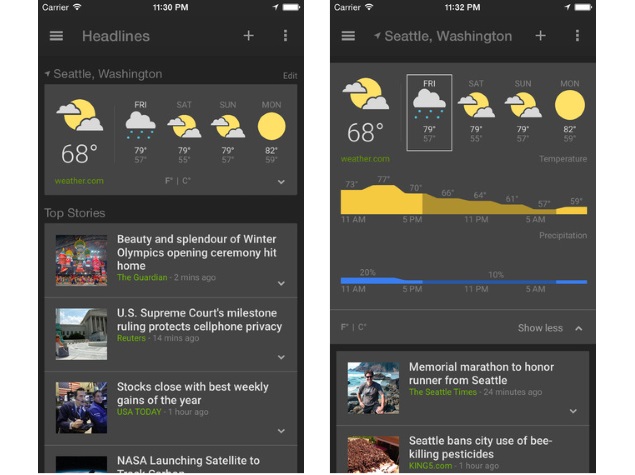
America’s wireless industry is helping to build a Weather-Ready Nation through a nationwide text emergency alert system, called Wireless Emergency Alerts (WEA), which will warn you when weather threatens.Īnd check out real stories of how WEA has saved lives across America.

Good thing you did: Your phone just alerted you to a tornado a few miles away in same county you’re driving through. To investigate, you take the next exit and safely pull over to check the screen.

In addition to providing the data that have been collected to date, the agreement also calls for WHOI to transfer an additional 710 gigabytes of data annually for the next ten years.Imagine this: You’re driving down the highway, humming along to your favorite tunes, when the cell phone stowed in your bag suddenly makes a strange noise. NCEI will ensure that the metadata associated with the data are up to federal and international standards such as those regarding storage, preservation, and accessibility. Roles and Responsibilities NCEI will be responsible for acquiring and managing the required IT storage for the data that WHOI will provide, which is expected to amount to roughly seven terabytes. “Under this partnership agreement, NOAA expects to be provided at least 30 years of high-quality oceanographic data produced by the Ocean Observatories Initiative, commissioned in 2017, for preservation and stewardship” said Jason Cooper, NCEI’s Archivist. The goal of the partnership is to archive and deliver the initiative’s data for continued research on ocean processes. NOAA’s National Centers for Environmental Information (NCEI) and the Woods Hole Oceanographic Institution (WHOI) established a Cooperative Research and Development Agreement (CRADA) to share high-quality oceanic data collected from the National Science Foundation (NSF)-funded Ocean Observatories Initiative’s instrument arrays. NCEI and WHOI Begin Research Collaboration


 0 kommentar(er)
0 kommentar(er)
